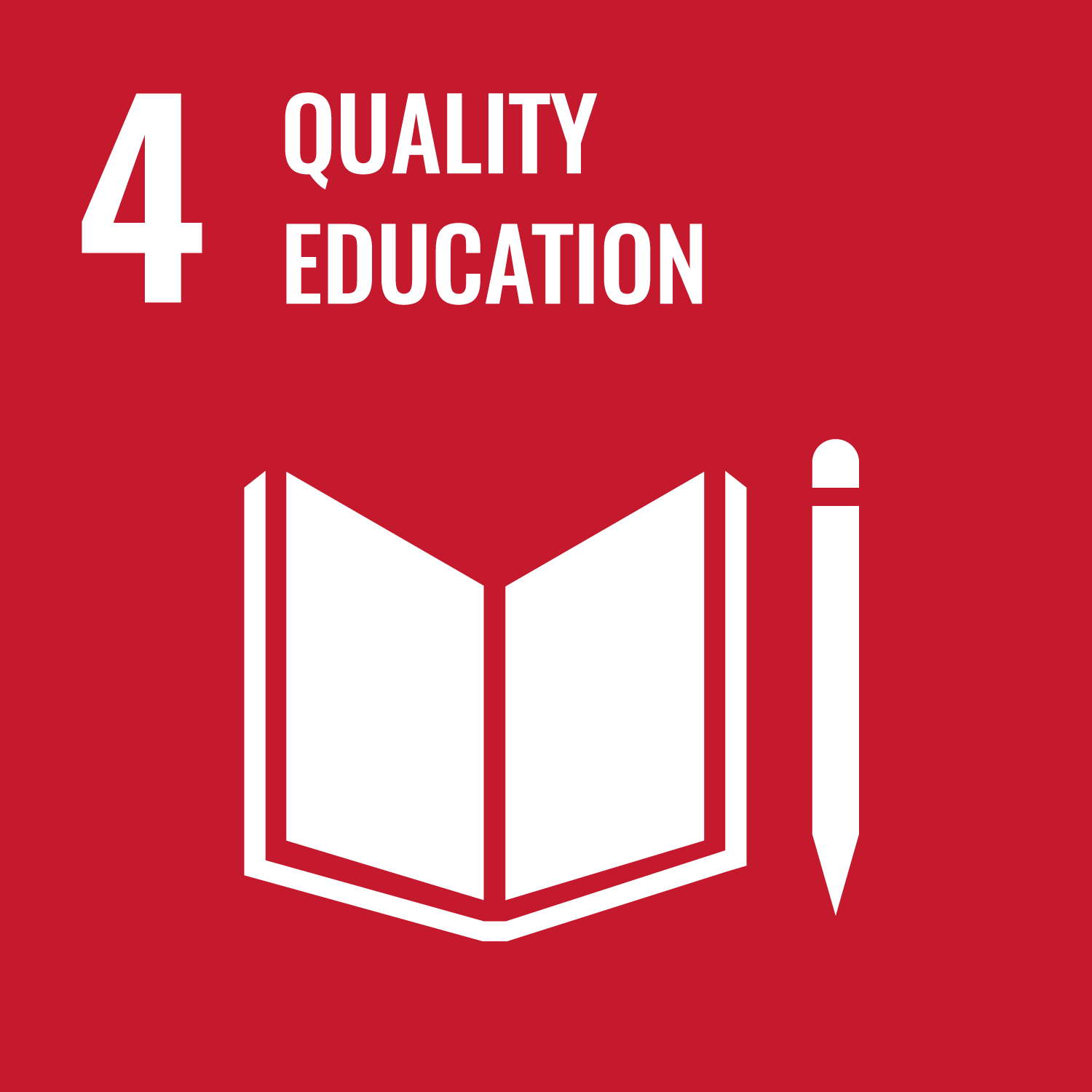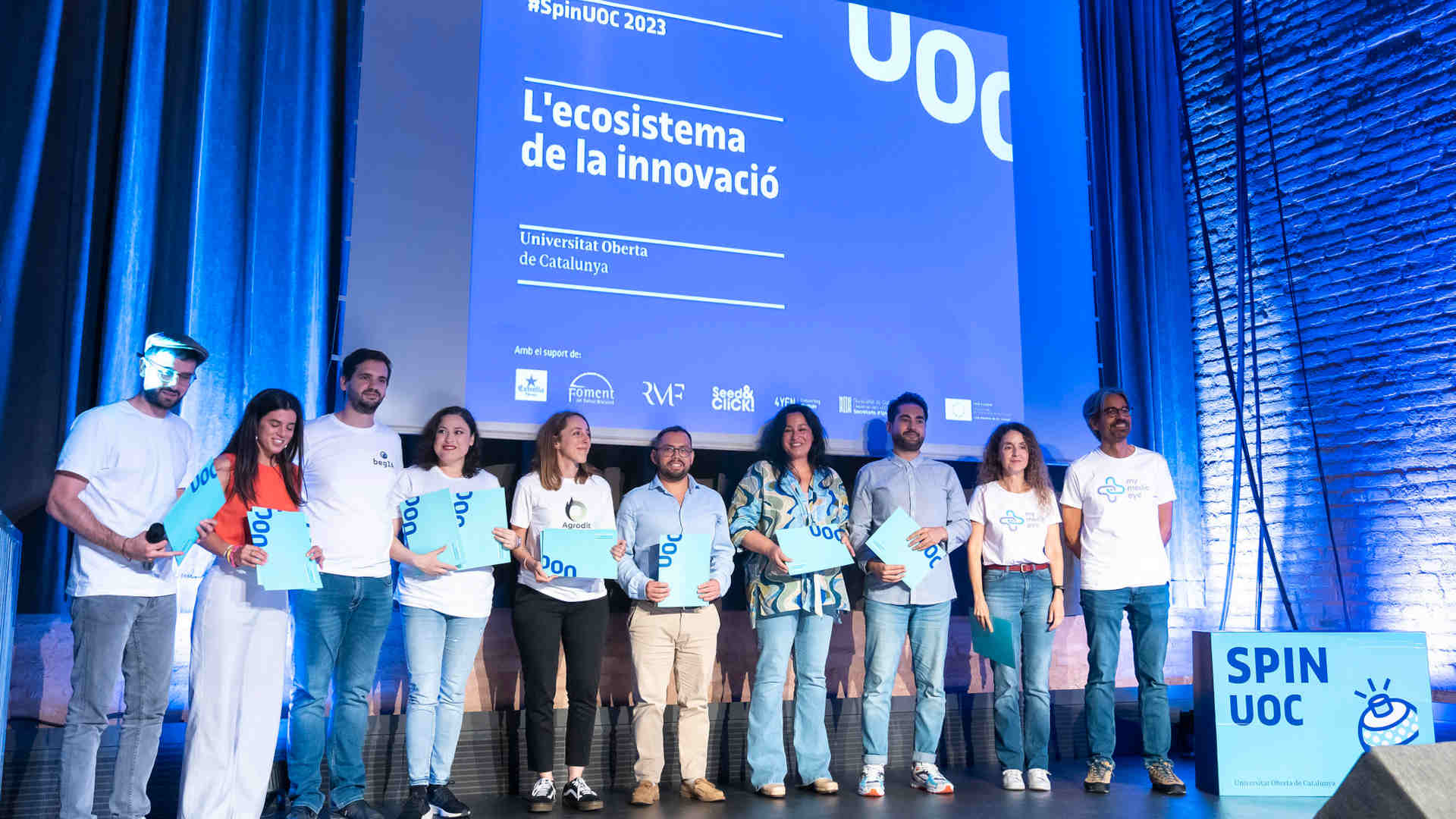New app makes it easy to gamify and personalize educational experiences
Developed by a UOC computer engineering graduate, ARCamp combines augmented reality and geopositioningOne of the first experiences on the platform is a robot that explains different historical periods

Daniel Benítez, an entrepreneur and graduate of the Bachelor's Degree in Computer Engineering at the Universitat Oberta de Catalunya (UOC), has developed an app that makes it easy to create interactive educational experiences, with a great ability to update content. The project is called ARCamp and combines the use of augmented reality, GPS and QR codes read with mobile phones. It is primarily designed for outdoor experiences, but can also be adapted for museum visits or other indoor spaces.
The project, a finalist in the SpinUOC entrepreneurship programme, started almost three years ago. Benítez, a climber and nature lover, noticed a lack of information in natural and historical open spaces, such as archaeological sites: "There are many places of interest or with history that have, at best, a sign with a little information that gets damaged over time, but this can easily be solved with today's technology." With the help of his climbing partner Toni Gutiérrez, a graphic designer, and Aleix Riba, a web developer, they decided to create ARCamp, a tool for designing personalized cultural and educational experiences and making them accessible to users via their mobile phone.
The creators of ARCamp presenting their project at SpinUOC on 27 June
“Anyone can access our website and create any interactive experience they want ”
Creating characters to tell stories
"Thanks to our app, anyone can access our website and create any interactive experience they want, with a completely personalized design. They can design and choose the characters in the story and make their own customized content by choosing the images and texts they need," said Benítez. The ARCamp software also makes it possible to pinpoint exactly where the characters should appear in each experience, leading to almost endless possibilities for gamified visits.
The system is mainly aimed at cultural and educational institutions, or administrations in general, that wish to promote their heritage or increase their outreach. Once the experience creation phase is complete, users can enjoy the experience by downloading the ARCamp app onto their phone (Android or iOS).
The project partners highlight its adaptability and potential usefulness for educators looking to use new tools in the classroom. "ARCamp allows you to gamify any museum visit, outdoor excursion or classroom lesson through a dialogue between users and the characters of the experience that you've created, focusing on the content you're most interested in," said Benítez.
Augmented reality technology is used to guide users to the point where they can interact with the characters, who are usually presented as two-dimensional images. One of the first experiences they have created is a robot that travels through time to explain different periods of history, but it could also be adapted to enhance a museum visit. "In this case, since GPS is less accurate, the characters are activated by reading QR codes," said the developers, highlighting the adaptability of their proposal: "It can be used at any educational level."
The viability of ARCamp relies on users engaging with the mobile app. This is a perfectly plausible idea for an adult audience in a leisure environment, but perhaps more controversial for students now that some schools are starting to tighten up on mobile phone use. In any case, the ARCamp team is not worried about this possibility. "Our app has a very wide range of uses, and since it's mainly designed for outdoor spaces and for specific occasions, we don't think it'll interfere with mobile phone bans in the classroom. It would be used to provide a much more enriching educational experience than a conventional visit."
Versatility and adaptability
The fact that ARCamp is not tied to a single piece of content, but can be adapted to whatever is needed at any given time, is its main strength. But it was also the main obstacle that its creators had to overcome, because the graphics engine it uses, Unity, is designed to make video games with graphic material available from the start, rather than at the end of the process, as in this case. Benítez and his team are already in contact with various city councils and cultural organizations to start implementing advanced experiences beyond the initial tests.
This project supports United Nations Sustainable Development Goal (SDG) 4: Quality education.
UOC R&I
The UOC's research and innovation (R&I) is helping overcome pressing challenges faced by global societies in the 21st century by studying interactions between technology and human & social sciences with a specific focus on the network society, e-learning and e-health.
Over 500 researchers and more than 50 research groups work in the UOC's seven faculties, its eLearning Research programme and its two research centres: the Internet Interdisciplinary Institute (IN3) and the eHealth Center (eHC).
The university also develops online learning innovations at its eLearning Innovation Center (eLinC), as well as UOC community entrepreneurship and knowledge transfer via the Hubbik platform.
Open knowledge and the goals of the United Nations 2030 Agenda for Sustainable Development serve as strategic pillars for the UOC's teaching, research and innovation. More information: research.uoc.edu.
Experts UOC
-
UOC's Bachelor Degree in Computer Engineering and ARCamp member
Press contact
-
Anna Sánchez-Juárez


